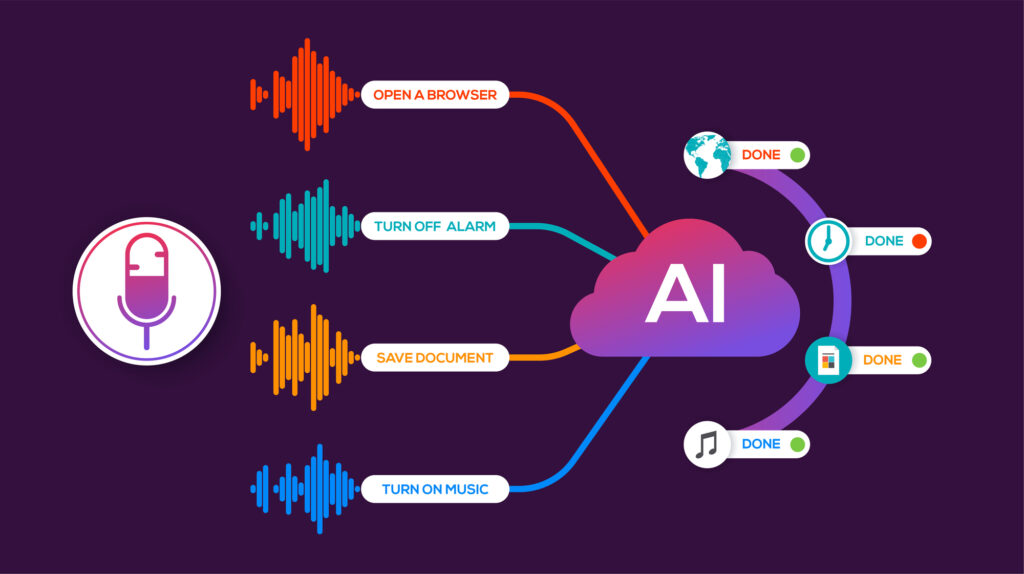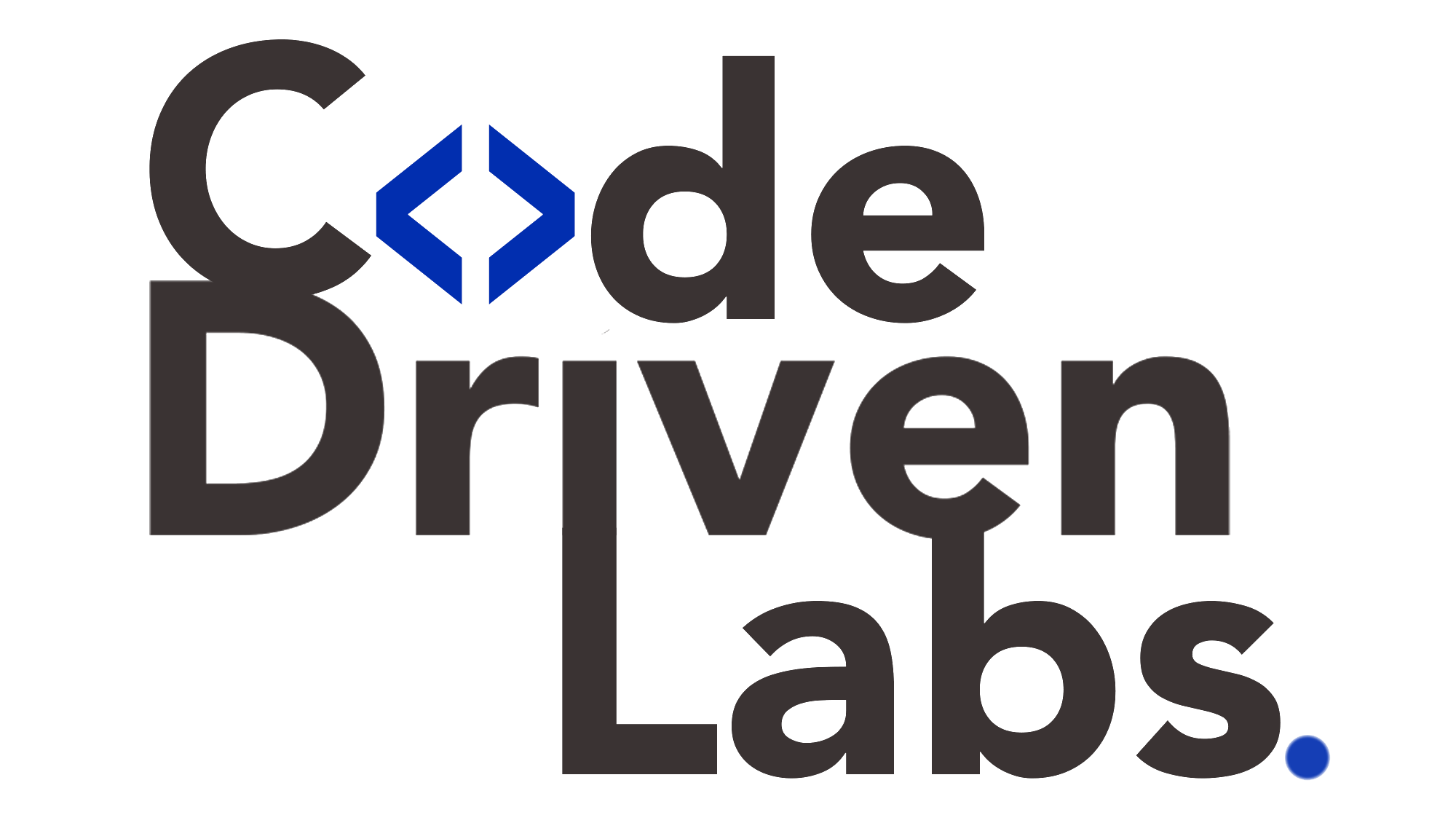Level up your business with US.
- Home
- Voice Search Optimization with AI: The Next Big Shift in Website Development
Voice Search Optimization with AI: The Next Big Shift in Website Development
September 12, 2025 - Blog
Voice Search Optimization with AI: The Next Big Shift in Website Development
In 2025, websites are no longer built just for clicks and taps—they’re built for conversations. The rapid rise of voice search has fundamentally reshaped how people interact with technology, from smartphones and smart speakers to in-car assistants and wearables. As users increasingly prefer asking questions over typing queries, voice search optimization (VSO) has emerged as the next big shift in website development.
At the core of this transformation is Artificial Intelligence (AI). AI technologies like natural language processing (NLP), speech recognition, and machine learning make it possible for websites to understand, process, and respond to spoken queries in real time. For businesses, optimizing websites for voice search with AI is not just a competitive advantage—it’s fast becoming a necessity.
This blog explores the role of AI in voice search optimization, why it matters for website development in 2025, the challenges it presents, and how code-driven labs provide the testing and scalability needed to build secure, high-performing, voice-enabled websites.

Why Voice Search Matters in 2025
Voice search is no longer futuristic—it’s mainstream. According to industry reports, over 50% of online searches in 2025 are voice-based, and this number continues to grow as devices like Alexa, Google Assistant, and Siri become an integral part of daily life.
Here’s why businesses can’t ignore voice search:
-
Faster Interactions: Speaking is faster than typing, especially on mobile devices.
-
Hands-Free Convenience: Voice search is crucial while multitasking, driving, or cooking.
-
Personalized Experiences: Voice assistants often tailor results based on past interactions.
-
Local Search Domination: Over 60% of voice queries are local (“near me” searches), making it critical for businesses targeting local audiences.
Websites optimized for voice search stand out in a crowded digital market by providing seamless, natural, and accessible experiences.
How AI Powers Voice Search Optimization
1. Natural Language Processing (NLP)
Unlike text searches, voice queries are conversational and longer. AI-powered NLP interprets these queries, identifying intent and context. For example, instead of typing “best Italian restaurants NYC,” a user might ask, “Where can I find the best Italian food near me tonight?”
2. Conversational Content Generation
AI helps create FAQ-style, conversational website content that aligns with how users naturally speak. This boosts visibility in voice search results and featured snippets.
3. Contextual Understanding
AI doesn’t just process words; it understands context like location, time, and user preferences. This allows websites to deliver more precise, voice-optimized answers.
4. Real-Time Personalization
AI adapts content dynamically based on individual user behavior. For example, an e-commerce site might highlight voice-driven product recommendations.
5. Multilingual Voice Recognition
AI enables websites to process voice queries in multiple languages and dialects, expanding global reach.
6. Structured Data and Schema Optimization
AI enhances metadata and schema markup, making it easier for search engines to surface relevant voice-based results.
7. Predictive Analytics
AI anticipates common queries before they are asked, enabling businesses to preemptively optimize for trending voice search terms.
Benefits of Voice Search Optimization with AI
-
Higher Visibility: Optimized websites rank better in voice-based results.
-
Improved User Engagement: Natural, conversational interactions keep users engaged longer.
-
Boosted Conversions: Voice-enabled calls-to-action (“Book a table now” or “Order this product”) shorten decision-making time.
-
Accessibility: Voice search supports inclusivity by enabling users with disabilities to navigate websites easily.
-
Local Market Advantage: Businesses gain an edge in local SEO through optimized “near me” voice queries.
Challenges in Voice Search Optimization
While promising, voice search optimization with AI presents challenges:
-
Complex User Queries: Voice queries are often open-ended and less structured than text.
-
Accuracy of Recognition: AI must adapt to different accents, tones, and slang.
-
Data Privacy: Voice data collection raises privacy and compliance concerns.
-
Content Overload: Websites need large volumes of conversational, SEO-friendly content.
-
Integration with Legacy Systems: Many businesses still operate on outdated platforms not designed for AI-powered voice search.
This is where code-driven labs become indispensable.
How Code-Driven Labs Help in Voice Search Optimization
Code-driven labs are automated, scalable environments that enable businesses to develop, test, and deploy AI-driven solutions. For voice search optimization, they ensure websites function flawlessly under real-world conditions.
1. Automated Testing of Voice Features
Labs validate voice search functionalities—speech recognition accuracy, natural language understanding, and response times—across devices and browsers.
2. Real-World Scenario Simulations
Code-driven labs simulate real-world environments, including noisy backgrounds, varied accents, and different devices, ensuring voice search performs accurately under diverse conditions.
3. Continuous Integration and Deployment (CI/CD)
Voice-enabled websites require frequent updates as new queries emerge. Code-driven labs integrate with CI/CD pipelines to ensure seamless updates without disrupting functionality.
4. Performance Testing Under Load
Voice-enabled interactions often involve heavy real-time processing. Labs test scalability and responsiveness under high traffic to prevent downtime.
5. Security and Compliance Checks
Voice data is sensitive. Code-driven labs embed security testing and compliance validations (GDPR, HIPAA, CCPA) into workflows to protect user privacy.
6. Cross-Platform Validation
Voice search features must work across mobile apps, desktop websites, and smart speakers. Labs automate testing across multiple platforms for consistent performance.
7. AI Model Validation
Generative and recognition models powering voice search need regular retraining. Labs provide controlled environments to validate AI models, reducing errors and biases.
8. Feedback Loops for Continuous Improvement
Labs establish data-driven feedback systems, feeding new voice interactions back into AI models to improve recognition and personalization over time.
Business Advantages of AI + Code-Driven Labs
-
Reliability: Voice features tested under real conditions perform consistently.
-
Speed to Market: Automation accelerates deployment of voice-enabled features.
-
Cost Savings: Reduces manual QA and repetitive testing efforts.
-
Enhanced Security: Ensures voice data is protected against breaches.
-
Competitive Edge: Businesses deliver smoother, more accessible user experiences.
The Future of Voice Search in Website Development
As AI matures, the future of voice search optimization will expand into new dimensions:
-
Hyper-Personalized Experiences: Voice interactions will deliver tailored responses based on individual preferences and histories.
-
Voice Commerce (“V-Commerce”): Shopping experiences will increasingly happen through voice-enabled interactions.
-
Emotion Recognition: AI will detect tone and sentiment to refine responses.
-
IoT Integration: Websites will connect seamlessly with smart home devices and cars via voice.
-
Multimodal Experiences: Voice search will combine with visual and gesture-based interactions for richer digital journeys.
Businesses that invest early in AI-powered voice search optimization supported by code-driven labs will lead this shift, offering secure, dynamic, and user-centric websites.
Conclusion
Voice search is reshaping the digital landscape, moving websites from static information hubs to dynamic conversational platforms. AI technologies like NLP, predictive analytics, and multilingual recognition make it possible for websites to understand and respond to user queries naturally and intelligently.
However, building these systems requires rigorous testing, security validation, and scalability. Code-driven labs provide the foundation for developing, validating, and deploying voice-enabled features, ensuring that websites are reliable, compliant, and future-proof.
As businesses adapt to this next big shift in website development, those who combine the intelligence of AI with the structured rigor of code-driven labs will stand out. The future of the web is not just about being seen—it’s about being heard.
